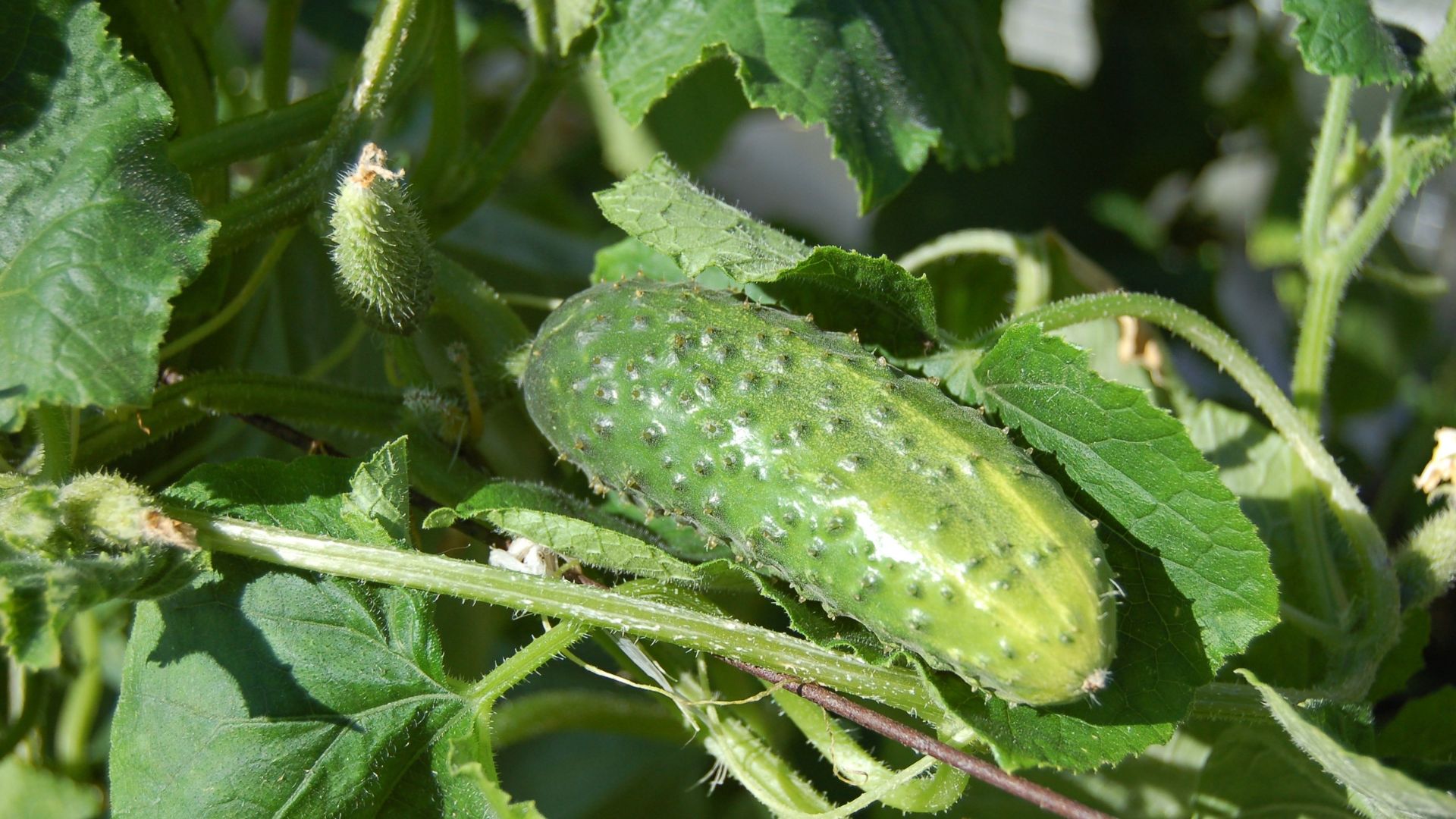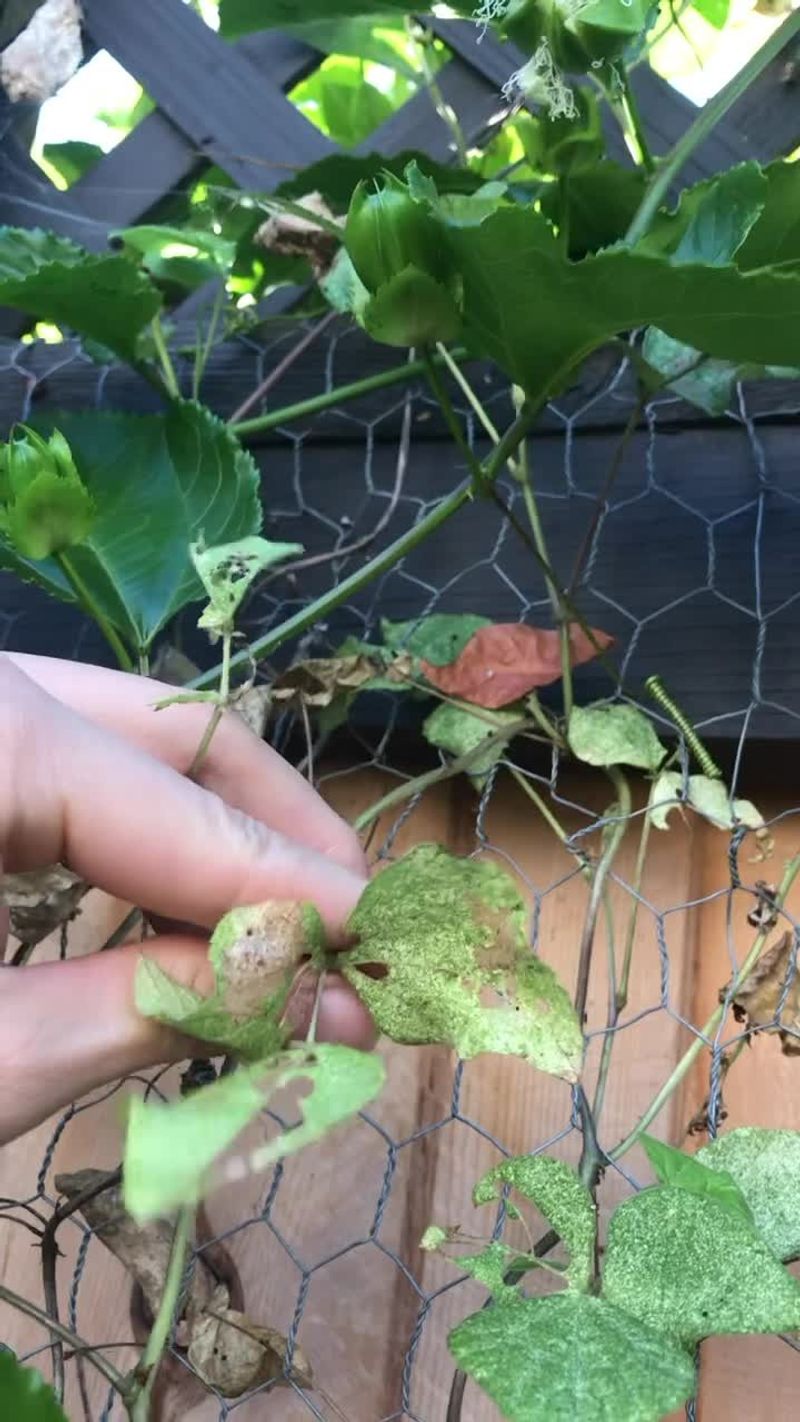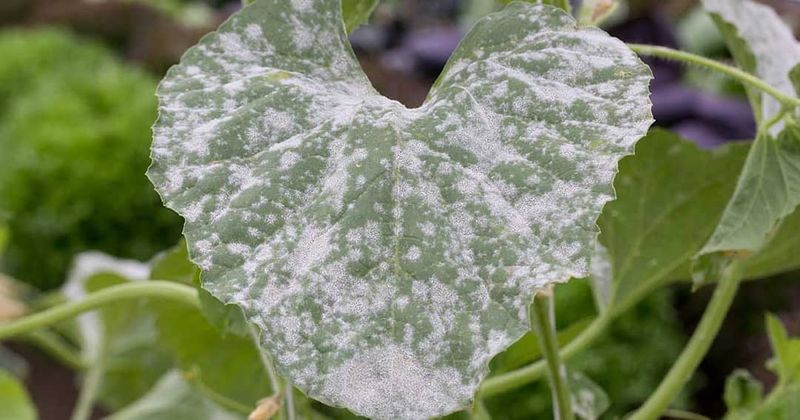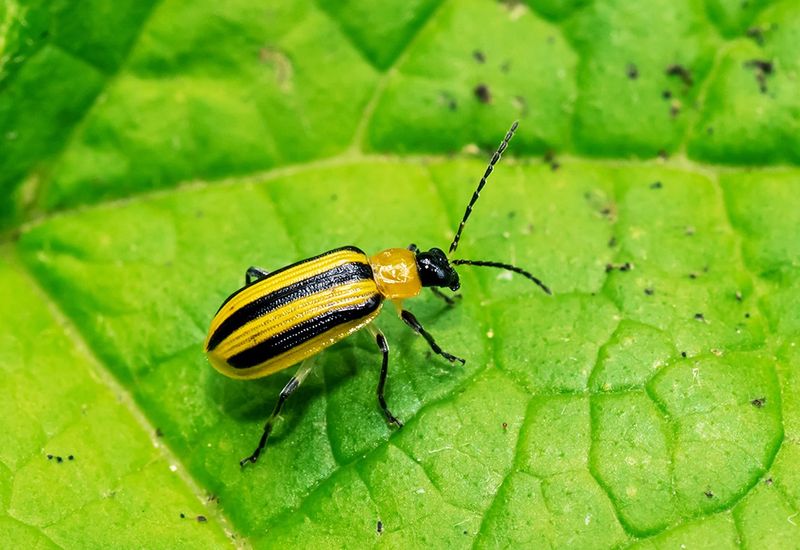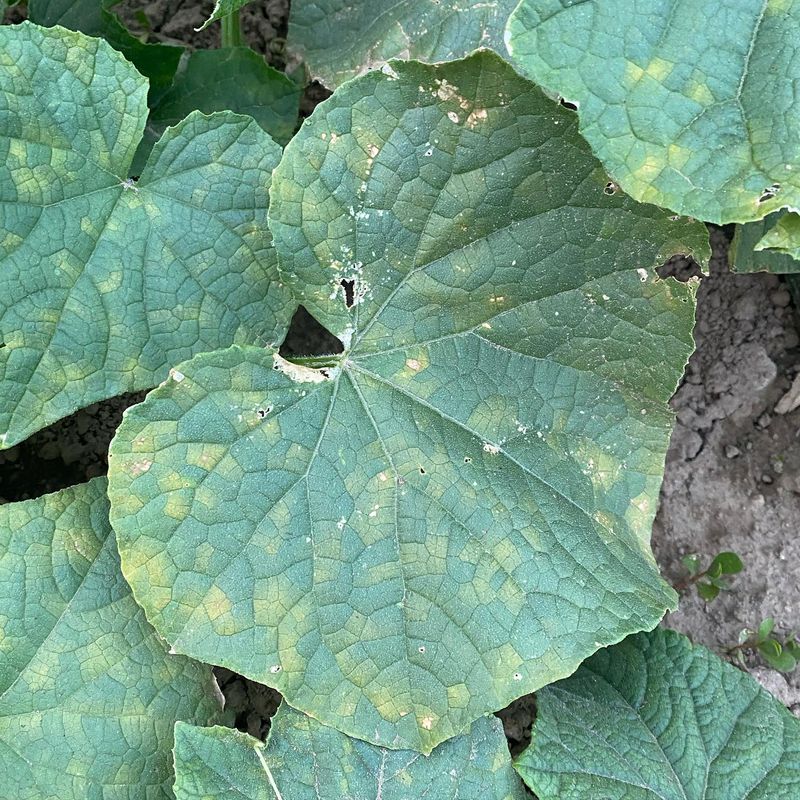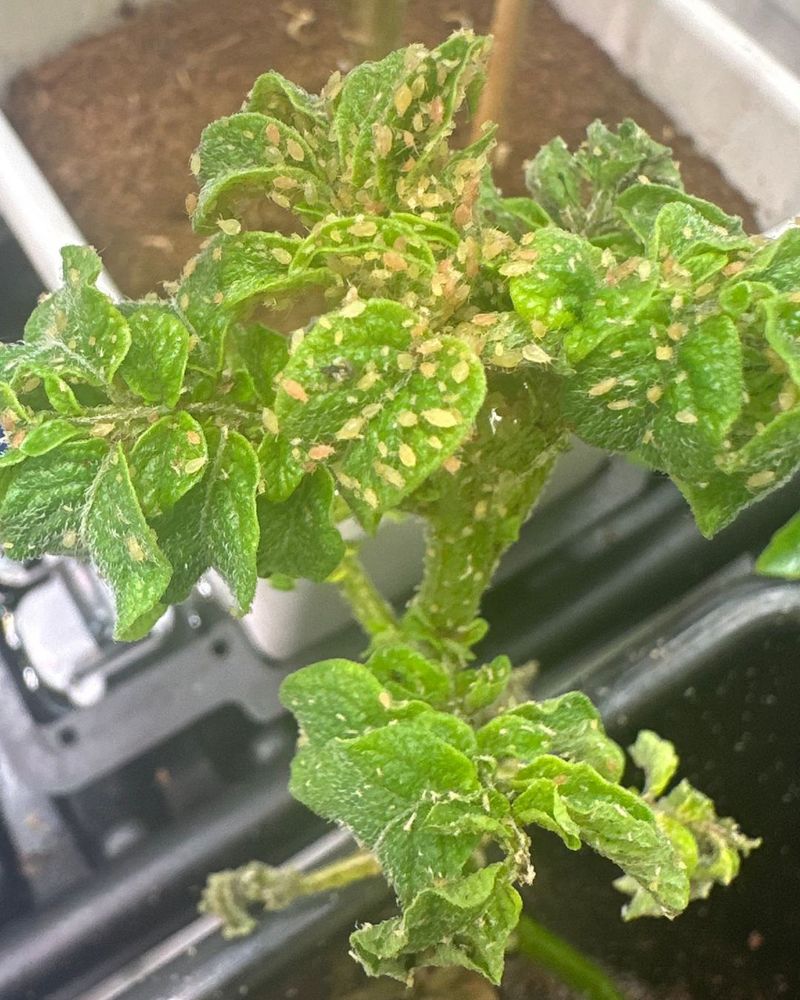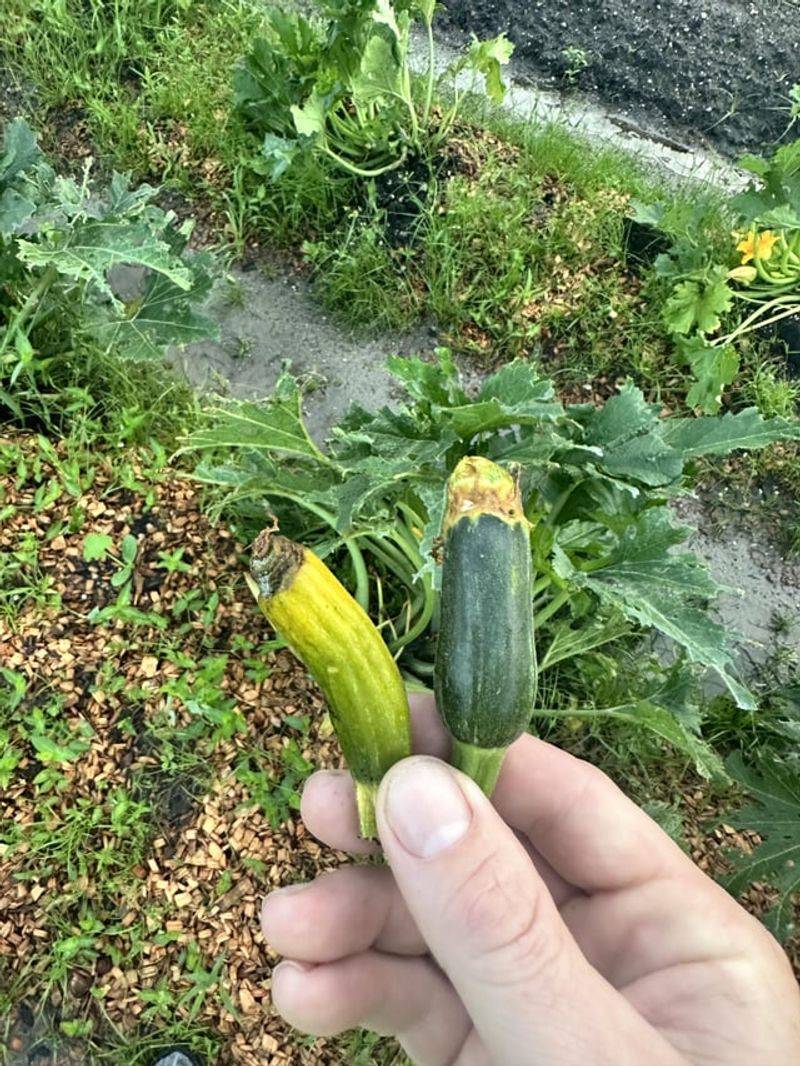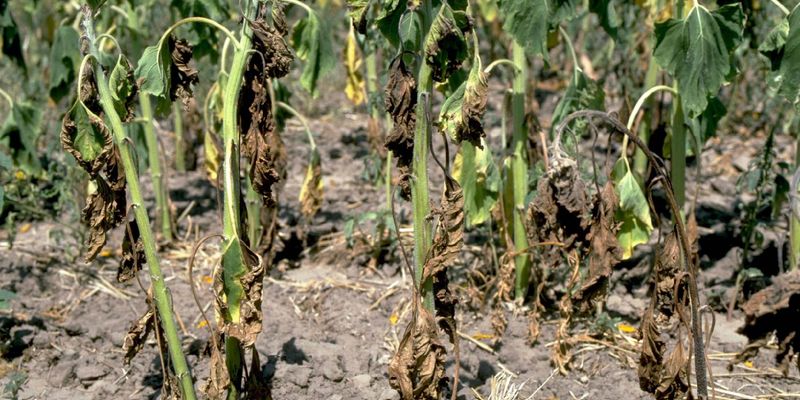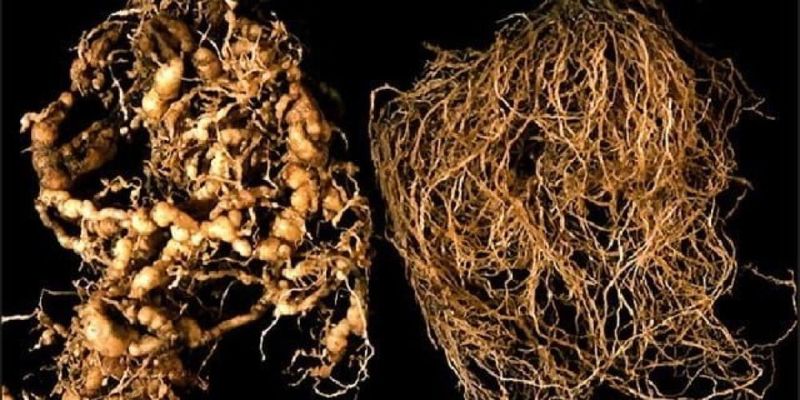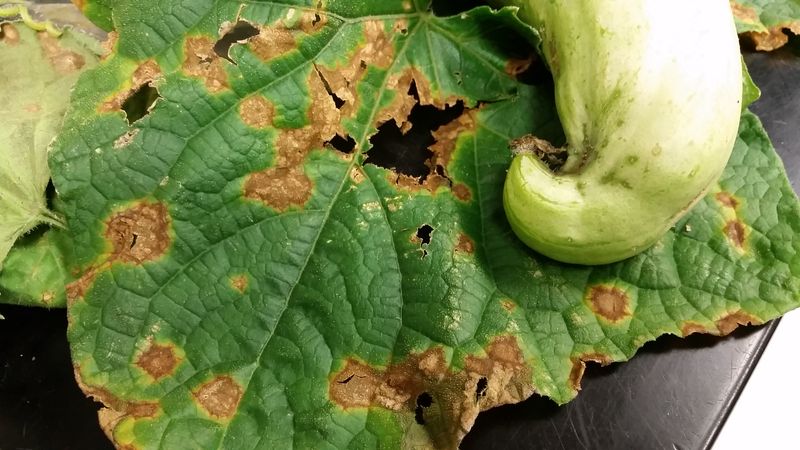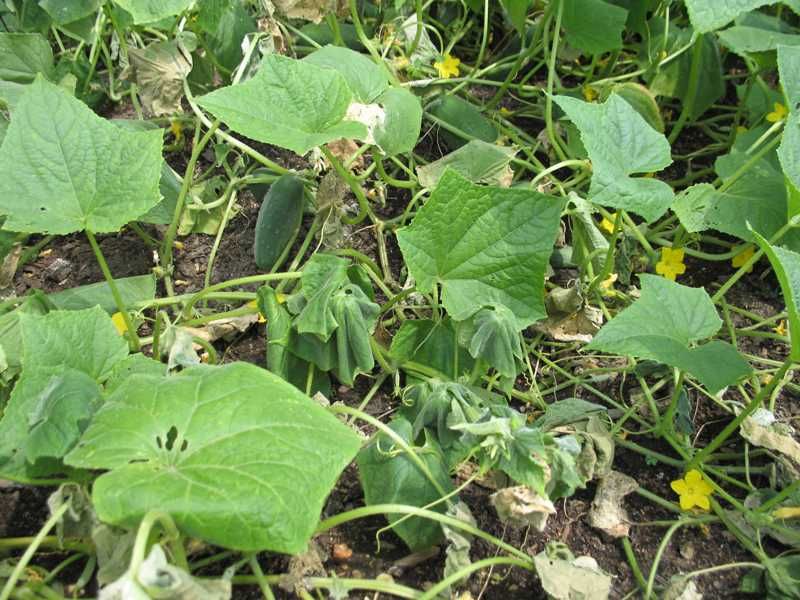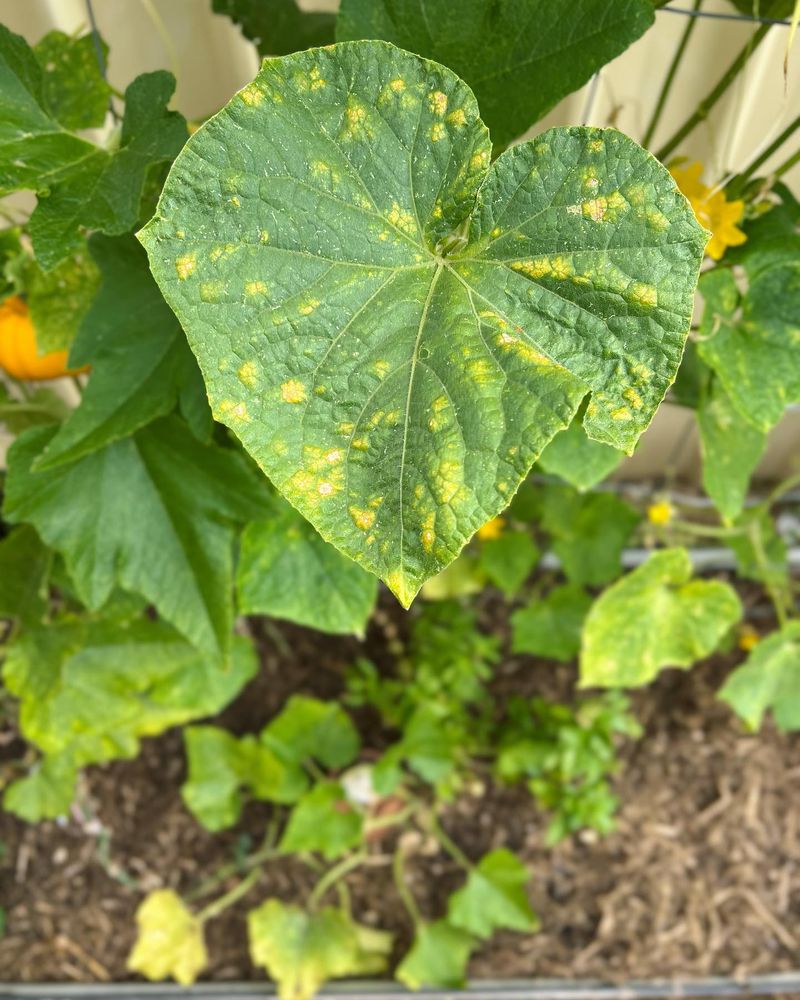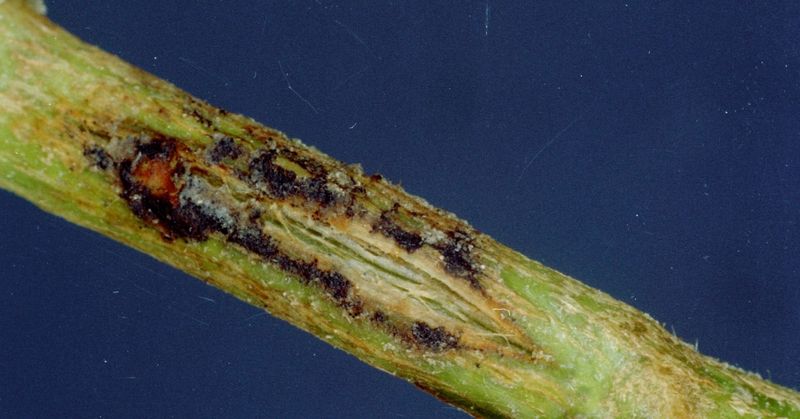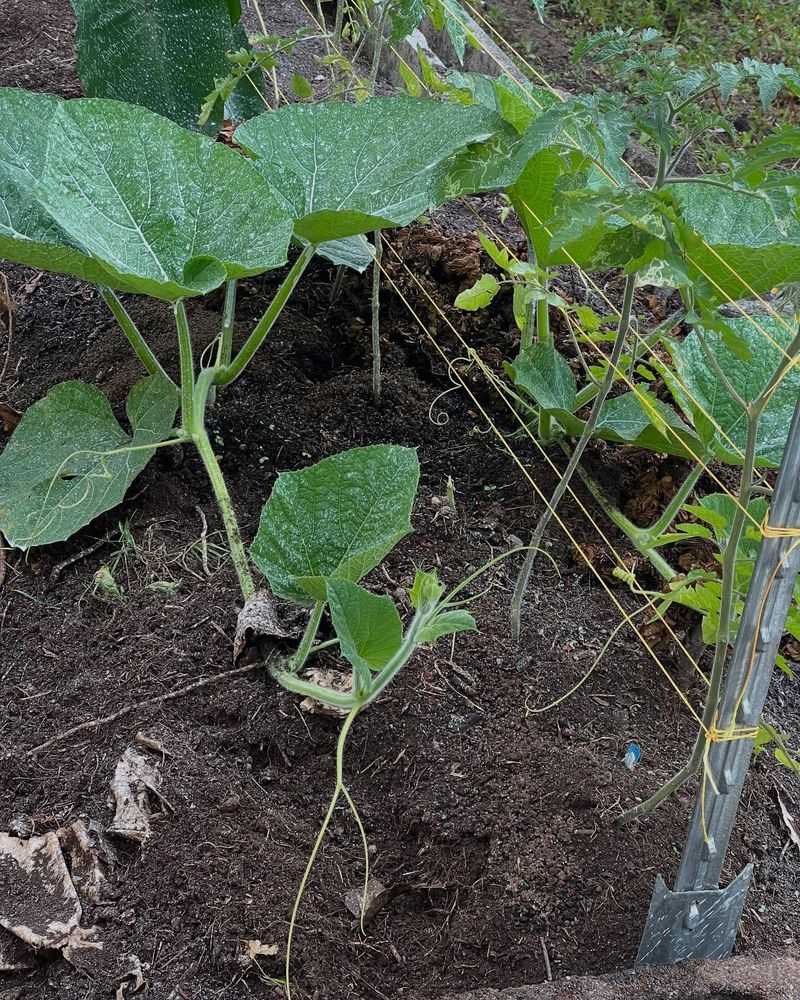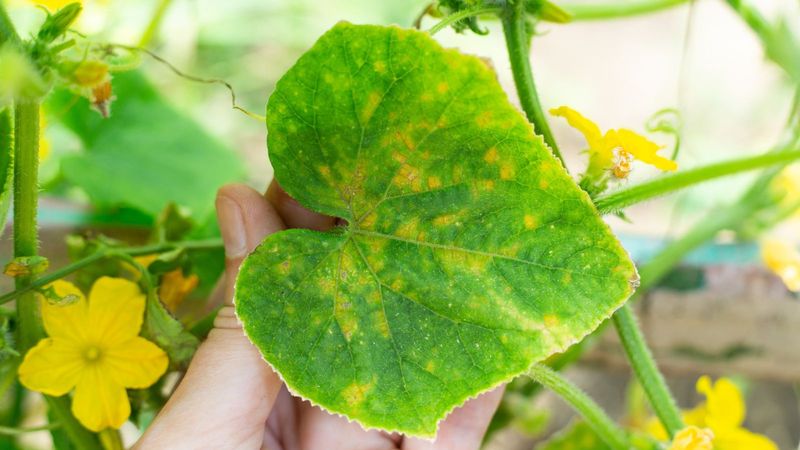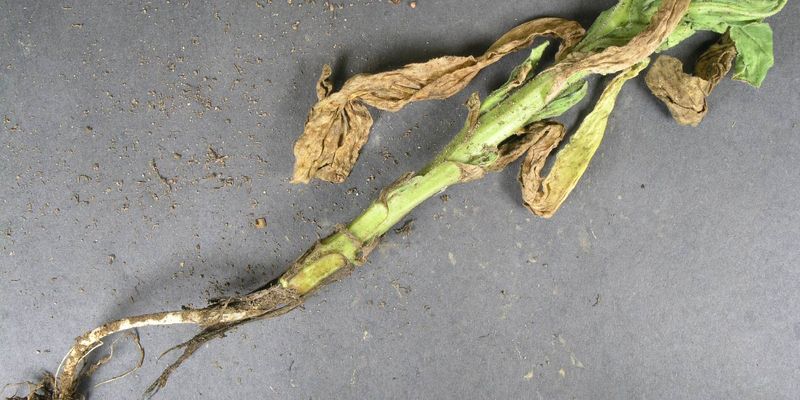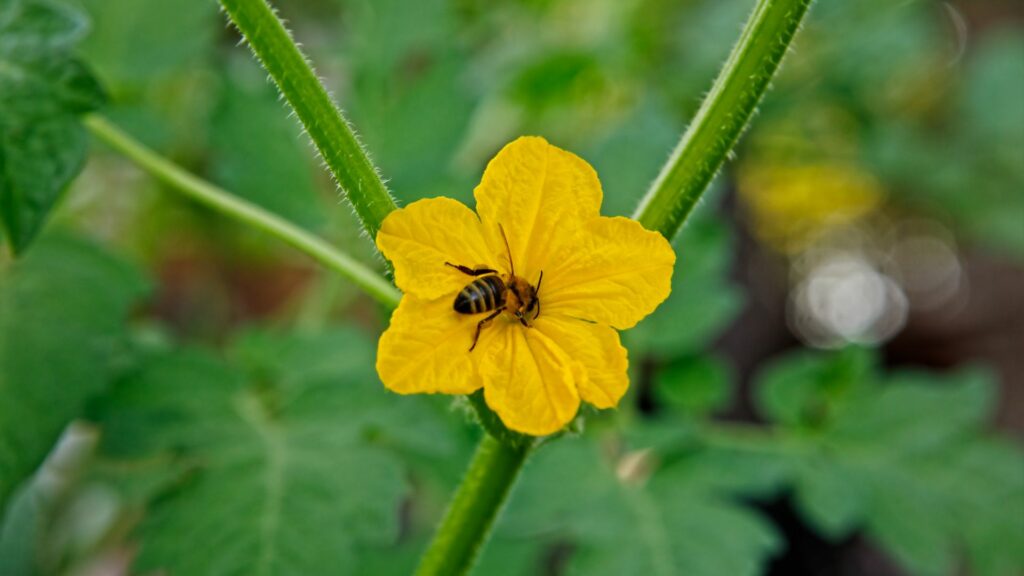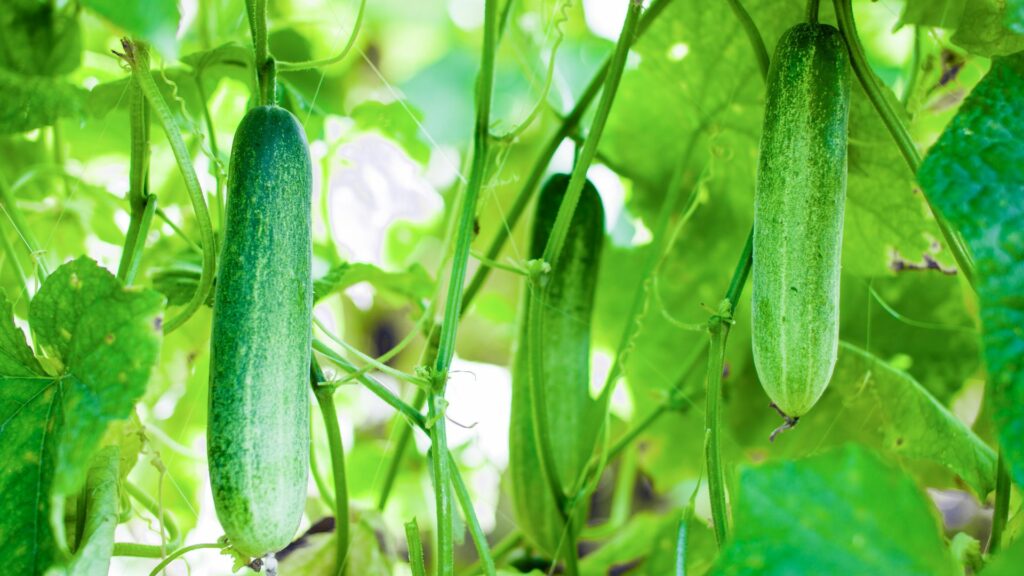Growing cucumbers has always felt like a summer win to me—there’s nothing quite like picking a crisp one right off the vine. But I’ve also had my fair share of frustrations, from yellowing leaves to plants that mysteriously stop producing. It turns out cucumbers can be a bit picky when things aren’t just right.
Over time, I’ve learned to spot the signs early—whether it’s a sneaky pest nibbling away or a fungal issue sneaking in after a rainy week. The good news? Most cucumber problems have pretty simple fixes once you know what to look for.
If you’ve struggled with sad-looking vines or disappointing yields, you’re not alone. Let’s dig into the most common cucumber troubles and how you can tackle them head-on for your best harvest yet.
1. Yellowing Leaves
When cucumber leaves turn yellow, it often indicates a nutrient deficiency or overwatering. Nitrogen deficiency is a common cause, leading to yellowing from the tip.
To remedy this, apply a balanced fertilizer rich in nitrogen and ensure proper drainage to prevent waterlogged roots. Additionally, check for pests like aphids or spider mites, as their feeding can also cause yellowing leaves.
Treat any infestations promptly with insecticidal soap or neem oil to keep your cucumber plants healthy and thriving.
2. Powdery Mildew
Powdery mildew appears as white spots on leaves, hindering photosynthesis. It’s often caused by high humidity and poor air circulation.
Improve airflow by spacing plants properly and avoid overhead watering, which can worsen the problem. Apply a milk-water spray weekly to combat this fungal disease naturally.
For severe cases, use a fungicide labeled for edible plants to keep mildew under control and protect your cucumber crop.
3. Cucumber Beetles
Cucumber beetles can devastate your plants by eating leaves and spreading diseases. These small, colorful pests are especially attracted to young plants.
Use row covers to protect seedlings and introduce beneficial insects like ladybugs to control beetle populations naturally.
Additionally, remove plant debris at the end of the season to reduce overwintering sites and keep beetle numbers down for the next growing cycle.
4. Downy Mildew
Downy mildew causes yellow patches on leaves, especially in wet, humid conditions. Ensure good plant spacing and avoid overhead watering to reduce moisture levels around the foliage.
Fungicides can be effective if applied early at the first sign of infection. Rotate crops annually to prevent recurring infections and break the disease cycle.
Don’t forget to remove and destroy infected plant material to stop the spread and keep your garden healthy.
5. Aphids
Aphids drain sap from cucumber plants, causing leaves to curl, yellow, and stunt growth. These tiny pests thrive in warm, crowded conditions, making regular monitoring essential. Introduce natural predators like ladybugs or spray with neem oil to control infestations.
Stay vigilant and act quickly to keep aphid populations in check. You can also knock them off plants with a strong stream of water to help reduce their numbers.
6. Blossom End Rot
Blossom end rot manifests as a dark, sunken spot on the fruit’s end, often caused by calcium deficiency. Ensure consistent watering to help the plant absorb nutrients effectively and mulch around the base to conserve soil moisture.
Test your soil pH and amend with calcium-rich fertilizers if needed to correct imbalances. Removing affected fruits early can help the plant redirect energy to healthy growth and reduce stress.
7. Fusarium Wilt
Fusarium wilt causes leaves to droop, yellow, and eventually turn brown as it attacks the plant’s roots. This soil-borne fungus spreads through water, contaminated tools, and infected soil.
Use resistant cucumber varieties and practice crop rotation to minimize the risk of infection. Solarize the soil by covering it with clear plastic during the hot summer months to kill off harmful pathogens.
Be sure to disinfect garden tools regularly to prevent the spread of this persistent disease.
8. Root Knot Nematodes
Root knot nematodes cause swollen, knobby roots and lead to stunted cucumber growth. These microscopic pests thrive in sandy soils, making plants struggle to absorb water and nutrients.
Plant marigolds nearby to naturally deter nematodes and apply beneficial nematodes to target the pests underground.
Rotation with non-host crops further reduces their population and breaks their life cycle. Removing infected plants at the season’s end helps prevent future infestations.
9. Spider Mites
Spider mites leave behind fine webs and yellow spots on leaves, thriving in hot, dry conditions. Spray plants with a strong stream of water to dislodge them and reduce their numbers.
Encourage natural predators like predatory mites to keep infestations under control. Maintain higher humidity levels by misting plants or using a humidifier, creating an environment less favorable for these pests.
Regularly inspect the undersides of leaves, where spider mites tend to hide, for early detection.
10. Anthracnose
Anthracnose causes dark, sunken lesions on leaves, stems, and fruit, spreading quickly in wet, humid conditions. Remove affected plant parts and improve soil drainage to slow the disease’s spread.
Crop rotation and planting resistant varieties help reduce future outbreaks. Fungal sprays can be effective if applied early at the first signs of infection.
Water at the base of the plant to keep foliage dry and create an environment less favorable for the fungus.
11. Bacterial Wilt
Bacterial wilt, spread by cucumber beetles, causes plants to wilt suddenly even when they have plenty of water. To confirm, cut a wilted stem and check for sticky, milky residue oozing out.
Use resistant seed varieties and control beetle populations with row covers to prevent infection. Remove and dispose of infected plants immediately to stop the disease from spreading.
Keeping your garden free of beetles is the best defense against this fast-moving problem.
12. Leaf Spot
Leaf spot diseases cause small brown spots on cucumber leaves, often expanding and merging in wet, humid conditions. Remove affected leaves promptly and improve air circulation around plants to slow the spread.
Fungicides can be effective if applied early, especially during wet weather. Avoid overhead watering and switch to drip irrigation to keep foliage dry and less susceptible to infection.
Always clean up fallen debris, which can harbor disease and reintroduce it to healthy plants.
13. Gummy Stem Blight
Gummy stem blight causes dark lesions on stems and releases a sticky, gummy substance as it progresses. Ensure proper soil drainage and avoid wetting the leaves to reduce the risk of infection. Rotate crops regularly and always plant disease-free seeds to prevent outbreaks.
Copper fungicides can help manage new infections if applied early. Keeping the garden clean and free of plant debris also helps minimize fungal spores in the soil.
14. Sunscald
Sunscald causes white, sunken patches on cucumbers, typically from excessive exposure to intense sunlight. Provide shade with garden cloth or by planting taller crops nearby to shield vulnerable plants.
Mulching around the base helps retain soil moisture and keeps roots cooler during hot spells. Harvest fruits during the cooler parts of the day to reduce stress on both plants and produce.
Regularly check for early signs of sunscald to adjust shading as needed.
15. Cucumber Mosaic Virus
Cucumber mosaic virus causes mottled, distorted leaves and stunted plant growth, severely impacting yields. Spread primarily by aphids, it’s important to control these pests with insecticidal soap or natural predators.
Remove and dispose of infected plants immediately to limit the virus from spreading further. Planting resistant varieties and keeping weeds under control helps prevent new infections.
Always keep garden tools clean to avoid accidentally transmitting the virus between plants.
16. Pythium Root Rot
Pythium root rot causes wilting and black, decaying roots, often triggered by overly wet, poorly drained soils. Improve drainage and reduce watering to prevent conditions that favor this disease.
Fungicides can help manage early infections, but prevention is key. Avoid replanting in affected soil without proper treatment to eliminate lingering pathogens.
Keep the topsoil dry between waterings and use a well-draining potting mix to protect roots from excess moisture.
17. Poor Pollination
Poor pollination results in misshapen or poorly developed cucumbers. It often occurs when there’s a lack of pollinators or extreme temperatures that reduce flower fertility.
Encourage bee activity by planting pollinator-friendly flowers nearby and avoid using insecticides during blooming. In a pinch, you can hand-pollinate by transferring pollen from male to female flowers using a small brush.
Early morning is the best time to hand-pollinate, when flowers are open and most receptive.
18. Cold Stress
Cucumbers are heat-loving plants, and cold stress can cause stunted growth, yellow leaves, or even death in young seedlings. Temperatures below 50°F (10°C) can shock plants and slow development.
Always wait until soil temperatures consistently reach 70°F (21°C) before planting. Use row covers or cloches to protect young cucumbers from sudden cold snaps.
If you’re starting seeds indoors, harden them off gradually before transplanting to reduce transplant shock and temperature-related stress.

